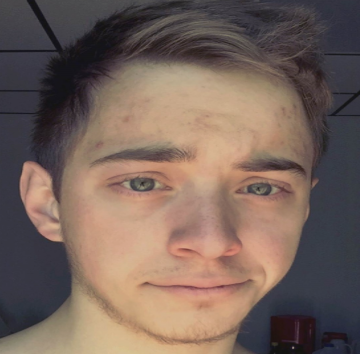Below is a summary of the abstract you submitted. Presenting author(s) is shown in bold.
If any changes need to be made, you can modify the abstract or change the authors.
You can also download a .docx version of this abstract.
If there are any problems, please email Dan at dar78@pitt.edu and he'll take care of them!
This abstract was last modified on May 2, 2018 at 11:29 p.m..

Western Carolina University (WCU) has been a member of the SEA-PHAGES program for three years, and during this time WCU students have isolated and archived 62 Actinobacteriophages. In previous years students used the host Mycobacterium smegmatis for bacteriophage isolation. This year two new hosts, Microbacterium foliorum and Gordonia terrae, were used. In the past only bacteriophages belonging to the family Siphoviridae have been isolated at WCU using Mycobacterium smegmatis. However, this year our electron microscopy (EM) results revealed that we had potentially isolated 1 Myoviridae and 3 Podoviridae bacteriophages using the host Microbacterium foliorum. The isolation of 3 potential Podoviridae bacteriophages was especially surprising given that only 1 Podoviridae bacteriophage has been reported to have been isolated using an Actinobacterial host by the entire SEA-PHAGES program. The purified DNA of 3 Microbacteriophages potentially representing all 3 tailed bacteriophage families (Andromedas-Siphoviridae, Neferthena-Myoviridae, and ColaCorta-Podoviridae) was sent to the University of Pittsburgh for whole genome sequencing. In contrast to what we expected, our sequencing results revealed that all 3 bacteriophages likely belonged to the family Siphoviridae. We were even more surprised to learn that bacteriophages Andromedas and ColaCorta belonged to the same subcluster (EA2) and were almost genetically identical. Our restriction enzyme analysis results from ColaCorta and Andromedas were also puzzling. The DNA of Andromedas and ColaCorta were not cut even by restriction enzymes whose target sequences were abundantly present in these genomes. Current studies are focused on clarifying the discrepancies between our sequencing results and EM and restriction enzyme analyses.


